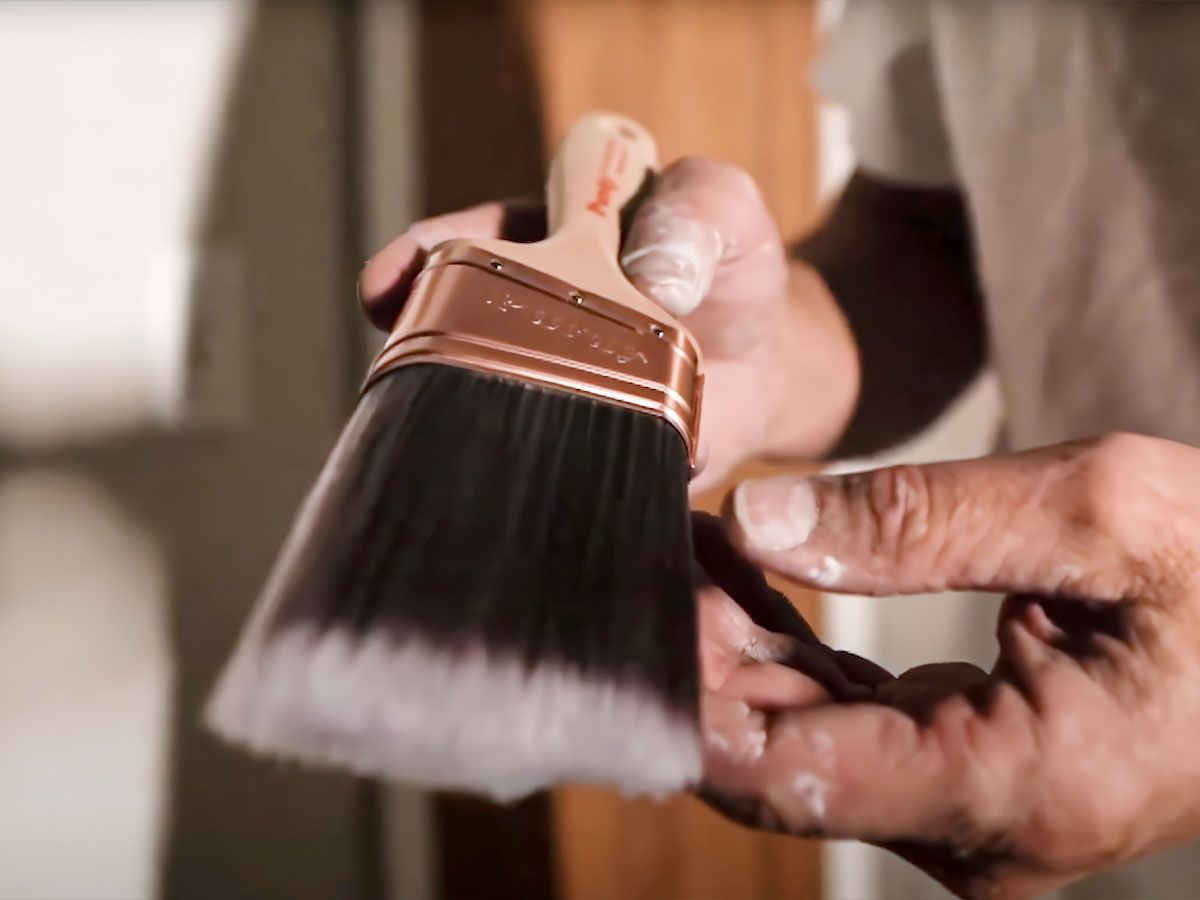A Pro Painter’s Guide to Choosing the Perfect Brush
By a painter with 20 years of hands-on experience
Look, I’ve seen countless DIY projects go south just because someone picked up the wrong brush at the hardware store. After spending two decades painting everything from cozy bungalows to sprawling mansions, I’m here to share what really matters when choosing a paintbrush – no fancy jargon, just straight talk.
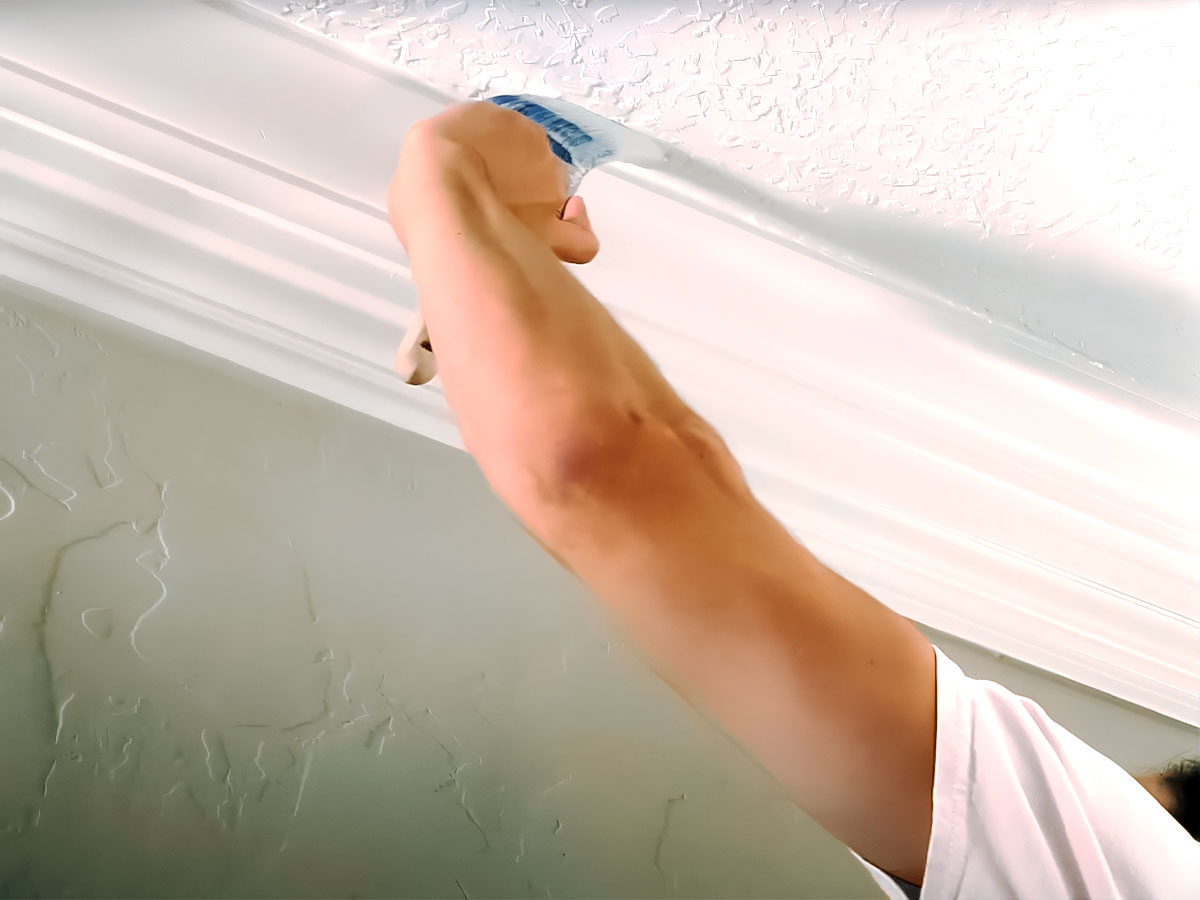
The Truth About Brush Types: What You Actually Need
Here’s what I tell my own customers: for most homeowners, you only need 2-3 good quality brushes to handle 90% of your painting projects. Let me break it down:
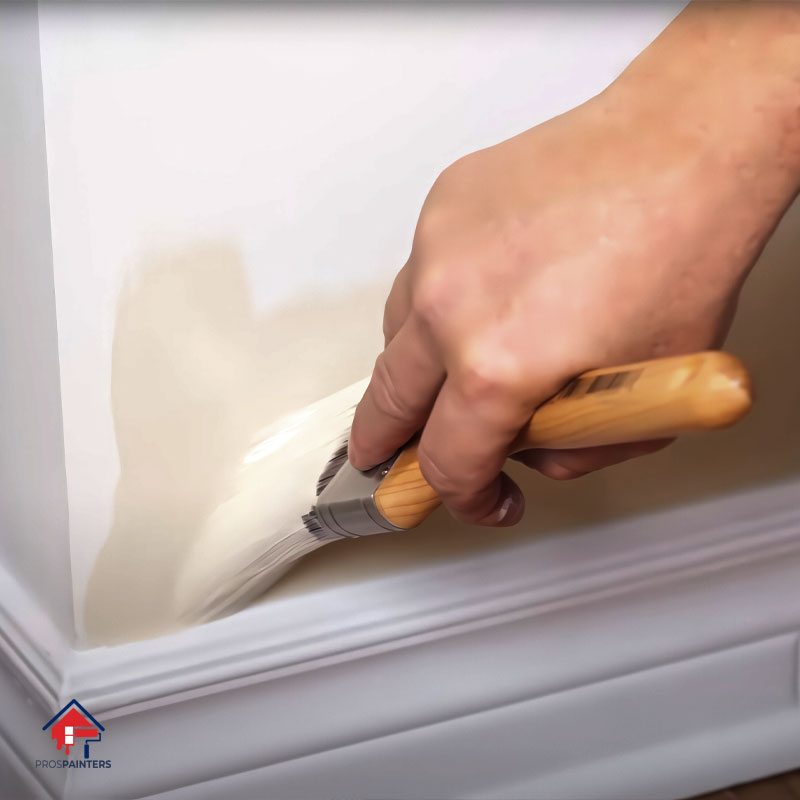
For Interior Walls and Trim
- Your MVP Brush: A 2.5-inch angled brush with synthetic bristles (Polyester/nylon blend)
- Why? It’s versatile enough for cutting in around walls and precise enough for trim
- Pro tip: I’ve found Purdy’s XL series lasts forever if you take care of it
- Budget range: $12-20 (Trust me, it’s worth every penny)
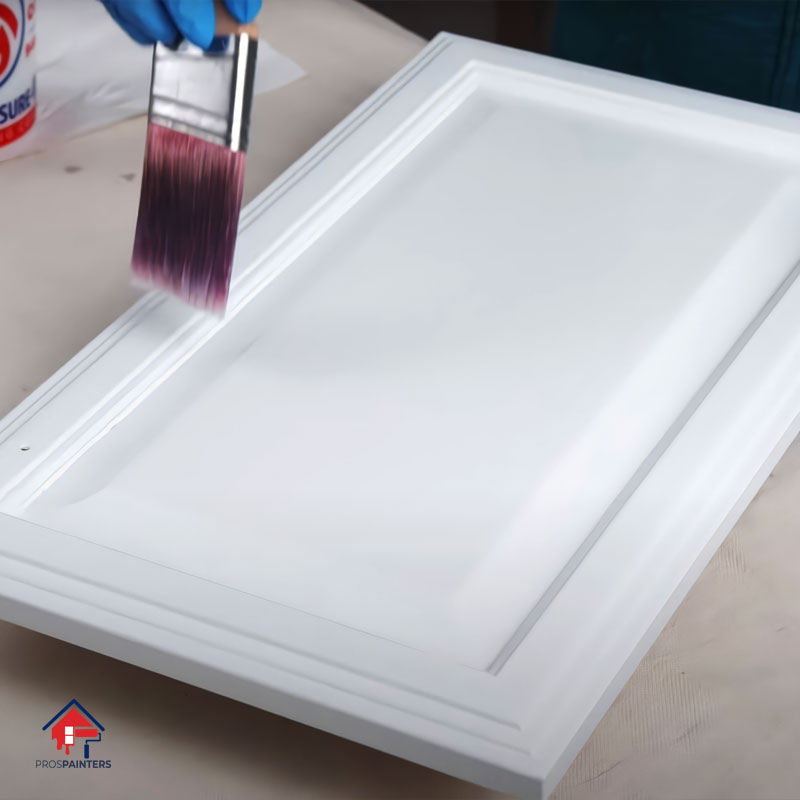
For Detail Work
- The Detail Master: A 1.5-inch flat brush with synthetic bristles
- Perfect for window frames, door panels, and cabinet doors
- Look for one with slightly tapered ends – it’ll help you avoid those annoying brush marks
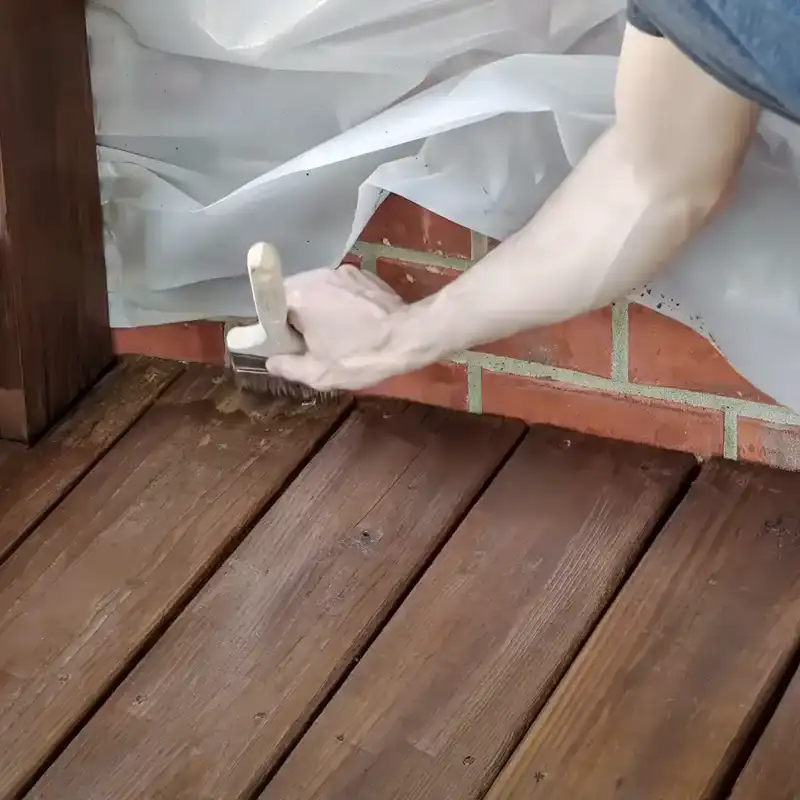
For Oil-Based Projects (Like Staining)
- The Natural: A 3-inch natural bristle brush
- Only if you’re planning to use oil-based stains or paints
- Otherwise, skip it and save your money
Real Talk: Common Mistakes I See Homeowners Make
- Buying Cheap Brushes
- That 3-pack for $5? It’ll cost you more in time and frustration
- Cheap brushes shed bristles like a golden retriever in summer
- They leave streaks that’ll drive you crazy once the paint dries
- Using the Wrong Size
- Bigger isn’t always better
- A 4-inch brush might seem efficient, but try cutting in around a window with it
- Start with a 2.5-inch – it’s the sweet spot for most jobs
My Time-Tested Tips for Brush Care
After thousands of paint jobs, here’s what actually works:
- During the Job
- Don’t let paint dry on the brush – wrap it in plastic wrap for lunch breaks
- Never let it sit in water – it ruins the bristles faster than anything
- Clean-Up (The Right Way)
- Work the paint out with appropriate solvent (water for latex, mineral spirits for oil)
- Use your fingers to gently work through the bristles
- Hang it to dry – never store it on its bristles
- Pro secret: A dash of fabric softener in the final rinse keeps bristles soft
When to Save vs. When to Splurge
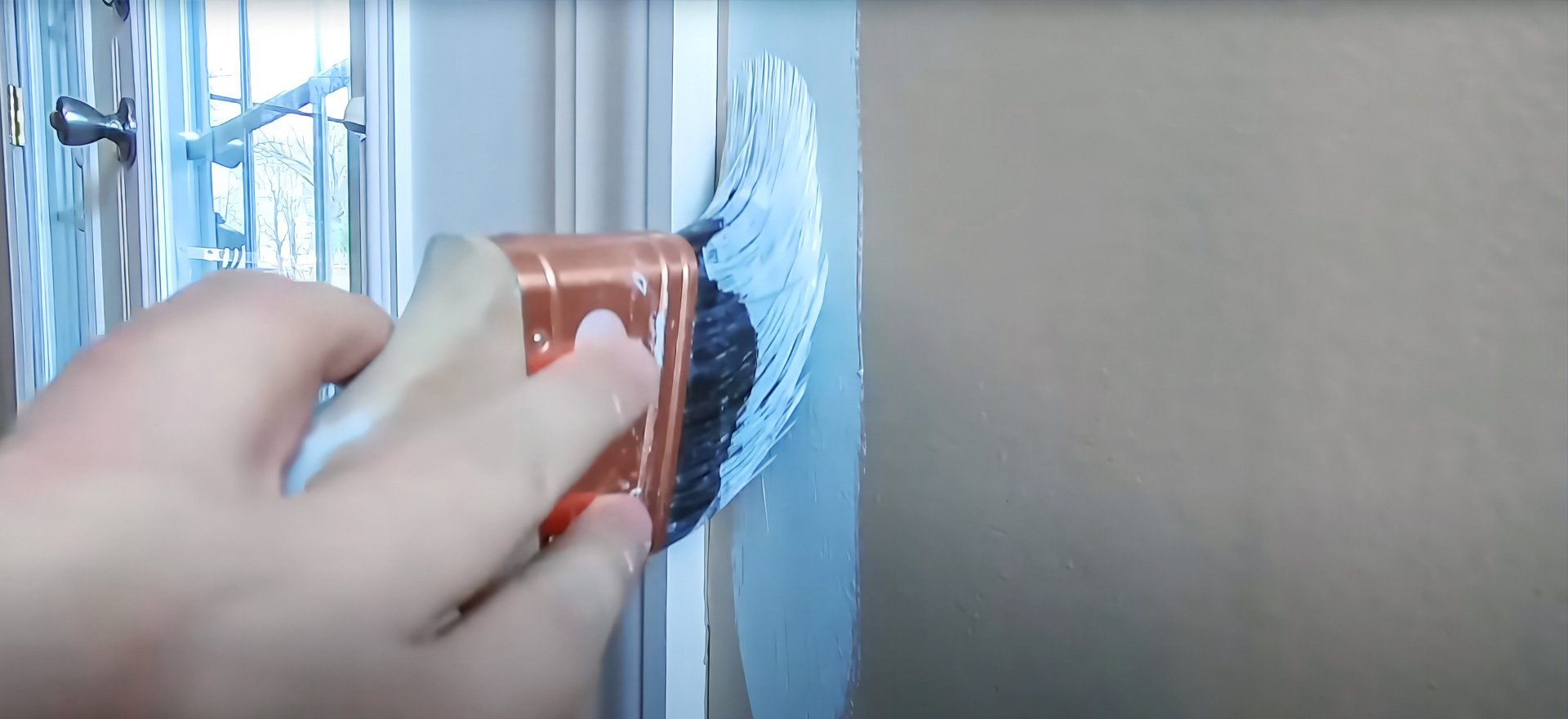
Worth the Extra Money:
- Main cutting-in brush
- Detail brush for trim
- Brush for front door or cabinets
Where to Save:
- Large flat brushes for fence painting
- Disposable brushes for oil-based stains
- Any brush you’ll only use once
Red Flags When Buying a Brush
Watch out for:
- Bristles that splay out when you run your hand over them
- Loose ferrules (the metal band holding the bristles)
- Rough wooden handles (they’ll give you blisters)
- That chemical smell from cheap plastic bristles
The Bottom Line
Look, painting your own home can save you thousands of dollars. But here’s what 20 years in the business has taught me: invest in one or two quality brushes, treat them right, and they’ll make you look like a pro. Most DIY painting headaches come from using the wrong tools, not lack of skill.
Remember: A quality $20 brush that lasts for years is cheaper than five $5 brushes that make your paint job look amateur. Plus, you’ll spend less time fixing mistakes and more time enjoying your freshly painted space.
Need more specific advice? Drop me a comment below about your project, and I’ll help you pick the perfect brush for the job.
Frequently Asked Questions
Can I use the same brush for different types of paint?
While it’s best to use specific brushes for oil-based and water-based paints, high-quality synthetic brushes can often handle both types. Always clean the brush thoroughly between different paint types.
Can I use a roller instead of a brush for large surfaces?
Rollers are excellent for large, flat surfaces, but brushes are still necessary for edges, corners, and detailed work.
How often should I replace my paintbrushes?
With proper care, high-quality brushes can last for many projects. Replace them when they start to lose bristles or no longer maintain their shape.
How do I avoid brush marks in my paint job?
Choose a high-quality brush appropriate for your paint type, use proper painting techniques, and ensure your paint is the right consistency.
What’s the best all-around brush for a beginner?
A 2.5-inch wide, angled brush is versatile for most projects. For novices, a 2-inch wide brush may offer better control.
